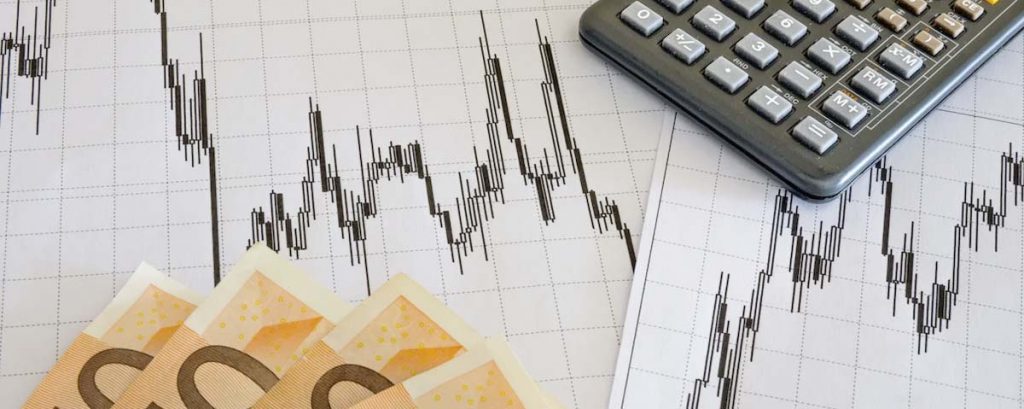
Have you ever obsessed over a certain brand? A clothing line, tech products, or even a social media platform and wondering how profitable this global company might be? We all hear about investing in stocks, and the few lucky who invested in global stocks at the right time, and have now made a decent amount of profit thanks to their shares, but we simply can't afford to do the same.
Well, this achievement may not be as expensive as you've imagined. The fact is, you don't need massive amounts of money to take advantage of a company's stock. With CFD stocks, you can trade on the stocks of international brands, by opening a trading account, which can be with as little as $100.
When you own CFD stocks, you are buying a contract speculating on the stock's future market price. You may not be taking ownership of the underlying stock, but you are taking advantage of the leverage offered to CFD traders buying into that stock at a fraction of its overall value.
To understand this a bit better, let's try to understand CFD trading.
Trading CFDs
Contract For Difference or CFD trading is a form of derivatives trading that deals on prices derived from the underlying stock, not the underlying market.
It is a way to speculate on the global financial markets, without needing to own the underlying asset.
What Attracts Investors to CFD Stocks Trading?
CFD trading offers significant advantages that have increased the instruments' enormous popularity over the past decade
1. Less upfront investment
When you buy a physical share, you are paying the full cost of the asset upfront. With CFDs, you only need to put up a fraction of the cost – known as a margin – of the share price, which runs at about 10% of the share face value.
2. Fewer charges
When you buy shares, you need to pay commission and other applicable charges like taxes charged by the country where the share is listed. But with CFDs, you never own the shares, so you don't have to deal with any of that cost or liability.
3. Go long or short on the market.
Online CFD trading platforms allow you to trade on markets that are heading down as well as up. So if you're trading CFD stocks, it doesn't matter if the market prices rise or fall, because traders can take a position on either side of the market, either by buying (longing), or selling (shorting) an asset.
This is easy enough to see when you log on to your trading platform. You'll notice it lists two prices, the buy, and the selling price. You buy, or ‘go long' if you believe the price of an asset will rise, and sell or ‘go short' if you believe the price will fall. So no matter how the market is doing, it still offers traders a wide variety of opportunities.
4. Global access
CFDs are a great way for traders to diversify their portfolios. You can choose from literally tens of thousands of markets, including stocks, indices, commodities, forex pairs, gold, oil and multiple platforms. Online CFD trading platforms give you instant access to the global markets, all under one login. And you can trade through your web browser, your phone, or your tablet.
5. Hedging share portfolio
Many traders use CFDs to hedge their share positions. That means, if they own Apple stocks that they're holding on to long-term but think the technology industry is heading for a downturn, they could open a short position with a tech CFD to offset those losses. That way, if the market does fall in value, the loss to your share position would be offset by gains in your short CFD share trade. And if the share price goes up instead, then the CFD position can be closed with losses offset by the shareholding profits.
Is now a good time to trade CFDs?
The markets are exceptionally volatile these days, and volatility can be great for CFD trading. As long as market prices are moving there is an opportunity. Traders can also use the flexibility of CFDs to position for both time periods long and short and diversify their portfolio using a variety of financial instruments.
You can get started now by:
- Opening a trading account
- Finding an opportunity
- Taking a position
- Monitoring your trade
Once you've found your opportunity and taken your position, you'll be able to monitor all your open positions on your trading platform's dashboard. CFDs are designed to mimic their underlying market's trading environment fairly closely, so as you monitor your investment, you'll see your profit or loss move with the underlying market price.
And that's how you too can invest in your favorite brand, without breaking the bank.
Provided by Axiory